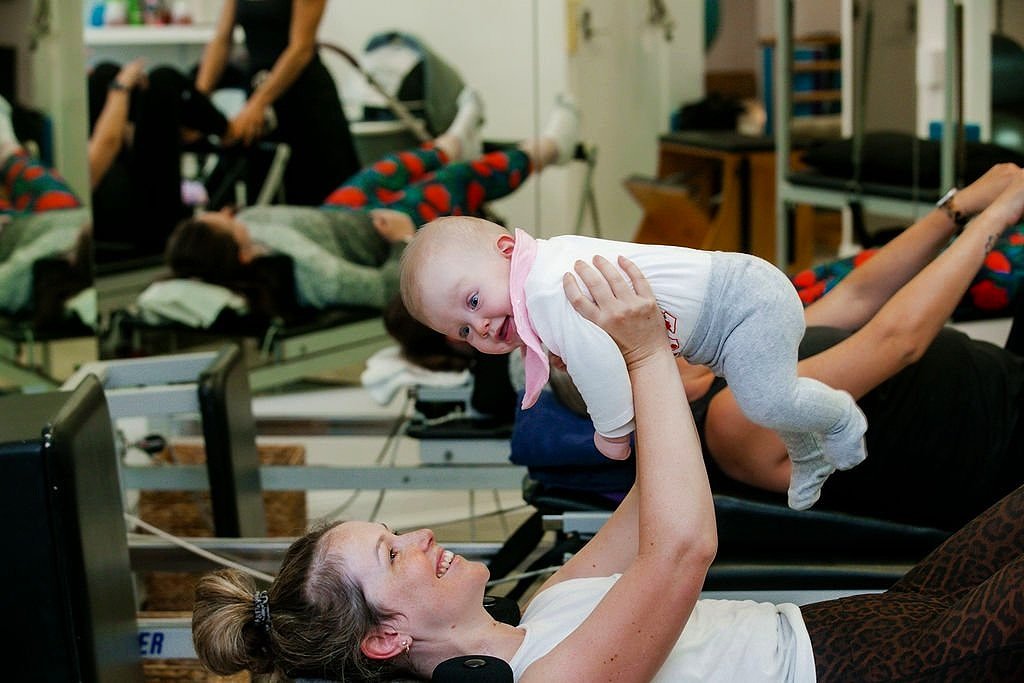POSTPARTUM: Wellness & Recovery
A big hello to all our lovely Chevron Island Physio clients!
Most of you I have met at some point & you are hopefully excited to see me back in the clinic at the end of September. To any new clients, I cannot wait to meet you!
It's been a busy 10 months away from the clinic. For my maternity leave, we relocated to the Atherton Tablelands to live on my parents-in-law's 160 acre sugar cane / cattle property. Nina, our 2nd daughter, arrived into our lives in early Feb & since then it has been a wild ride juggling our toddler (Macy), a new baby & my third child (my fiance'). Although my sleep quality is not perfect (to be expected), after a hard experience with my first born, I made sure I had Michelle from Parents2B (via Zoom) helping me from day dot. It's safe to say, her knowledge is priceless & it has made the journey of having two children that much easier.
With far less sleep deprivation compared to the first time around, I had a little bit of extra energy and wanted to get back into some form of physical exercise. Living more remotely had its challenges, with limited access to forms of exercise like pilates & yoga and definitely no surfing or ocean swimming! This left me lacing up my running shoes & pounding the dirt back-roads around the farm.
Running is the perfect exercise. It's easy to fit in, cheap to do & has great benefits for mental health. Commencing or returning to running, especially postpartum, needs to be done gradually. It's imperative that you load your muscles, joints, ligaments etc. gradually. Any sudden increase in load can lead to overuse injuries. I used the Garmin Coach app to guide my program, and built up to running 10km over several months of training.
It is not recommended to run within the first 12 weeks postpartum (I did my first run at 14 weeks post repeat caesarean section) & we encourage all women to have a pelvic floor assessment at 6 weeks postpartum, especially if you want to return to high impact exercise! Having children is one of the main risk factors for pelvic floor dysfunction (eg. prolapse, stress urinary incontinence). It's so important to know how your pelvic floor muscles are functioning, which in turn, guides what type of exercise you would be better off doing.
My next goal is to increase the pace of my running & possibly the distance as well. Prior to this, I know I need to address some muscle weakness in my core (abs, gluts, lower back & deep hip stability muscles). Again, these are really common points of weakness in the postpartum woman. One of the best ways to address all these areas is with Pilates! I cannot wait to get back onto the reformers & get those muscles firing! I'm sure I'll see some of you there!
Written by Gillian Burgess- Physiotherapist & Women's Health
To see our women’s health specialists, book an appointment with us online today or call our team on 07 55 04 7000.
Or visit our Chevron Island Ladies page for more information.

